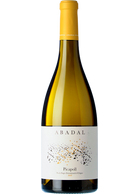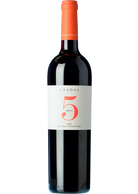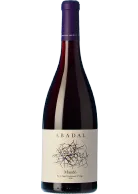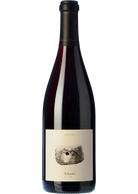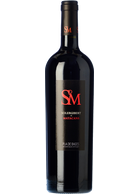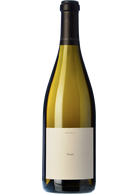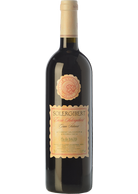Wine from Pla de Bages
It is widely believed that at the end of the 19th Century, just before the phylloxera outbreak, the area of vineyards in the Bages district (north of Barcelona) had become the largest in Cataluña. Once the phylloxera epidemic was over, many vine plantations were abandoned and it was not until the end of the 20th Century, with the arrival of the quality wine boom, that this once famous DO reinstated itself as one of the most significant wine-producing areas in the whole autonomous community. The Bages revival is basically down to the efforts of small and medium-sized wineries which have been establishing a particular identity through their wines and applying new technology to modernize production methods.


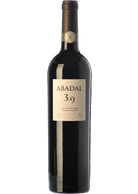
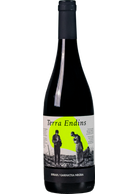
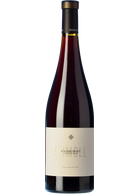
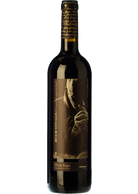
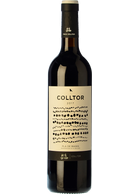
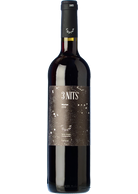

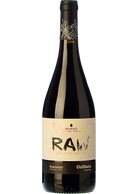

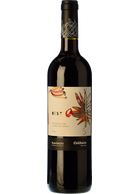
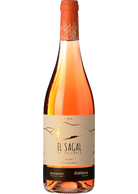
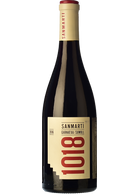
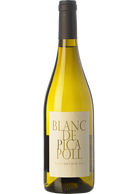
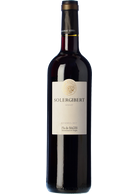
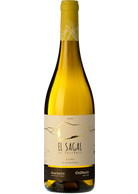
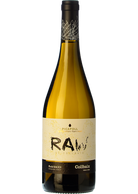

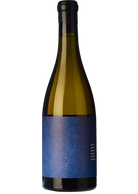


Pla de Bages
It is widely believed that at the end of the 19th Century, just before the phylloxera outbreak, the area of vineyards in the Bages district (north of Barcelona) had become the largest in Cataluña. Once the phylloxera epidemic was over, many vine plantations were abandoned and it was not until the end of the 20th Century, with the arrival of the quality wine boom, that this once famous DO reinstated itself as one of the most significant wine-producing areas in the whole autonomous community. The Bages revival is basically down to the efforts of small and medium-sized wineries which have been establishing a particular identity through their wines and applying new technology to modernize production methods.
Wine producers have discovered that, due to a lack of indigenous black grape varieties able to bring forth quality wines, they have needed to base their production on foreign grape strains such as Merlot, Cabernet Sauvignon and Syrah. Nevertheless, these varieties have adapted extremely well and convey the philosophy of the terroir to perfection. When it comes to whites, Bages awards pride of place to its native Picapoll that gives rise to fresh, smooth, fruit-driven wines with considerable varietal expression. Other grape varieties often found and well-adapted are Chardonnay, Sauvignon Blanc and Gewürztraminer.
The vine-growing area extends over land lying strictly within the district of Bages, around the town of Manresa. The majority of the vineyards are located in the central depression known as Pla de Bages, with loamy-clayey-sandy soils and surrounded by slightly undulating ground. Despite its distance from the sea, the climate is mid-mountain Mediterranean, with pronounced diurnal temperature variations, providing perfect conditions for grape ripening.
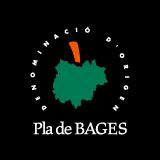
- Casa de la Culla s/n 8243 Manresa
- +34 938 748 236
- info@dopladebages.com
- http://www.dopladebages.com/

